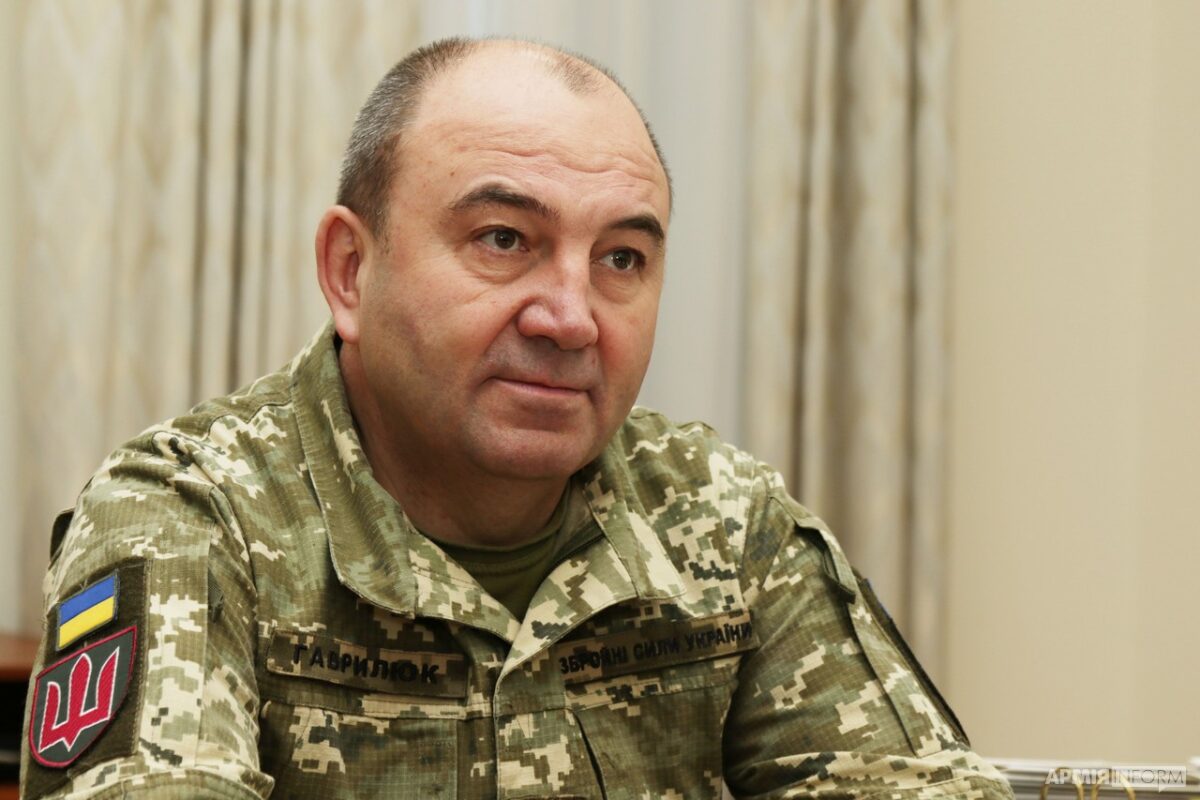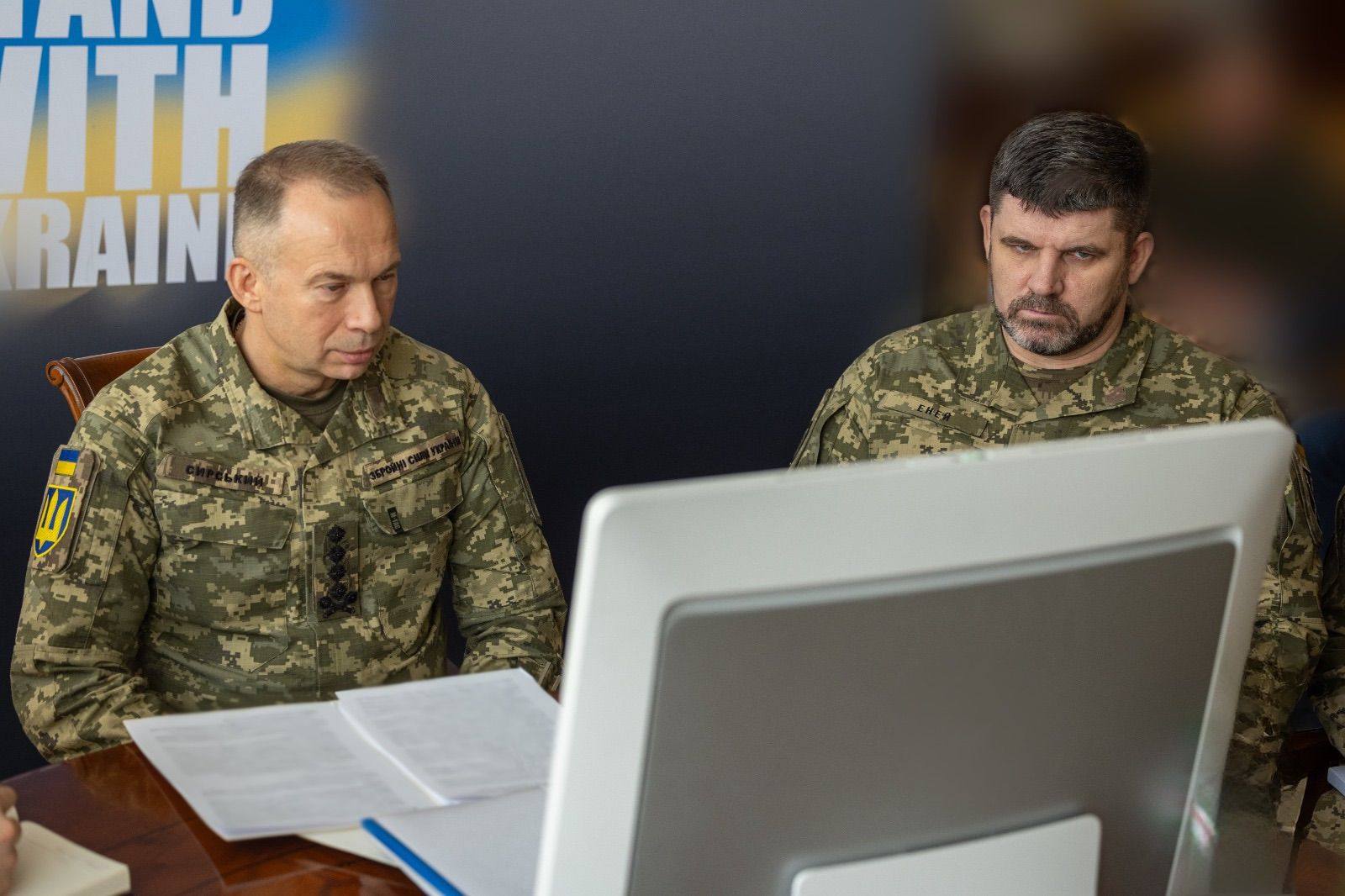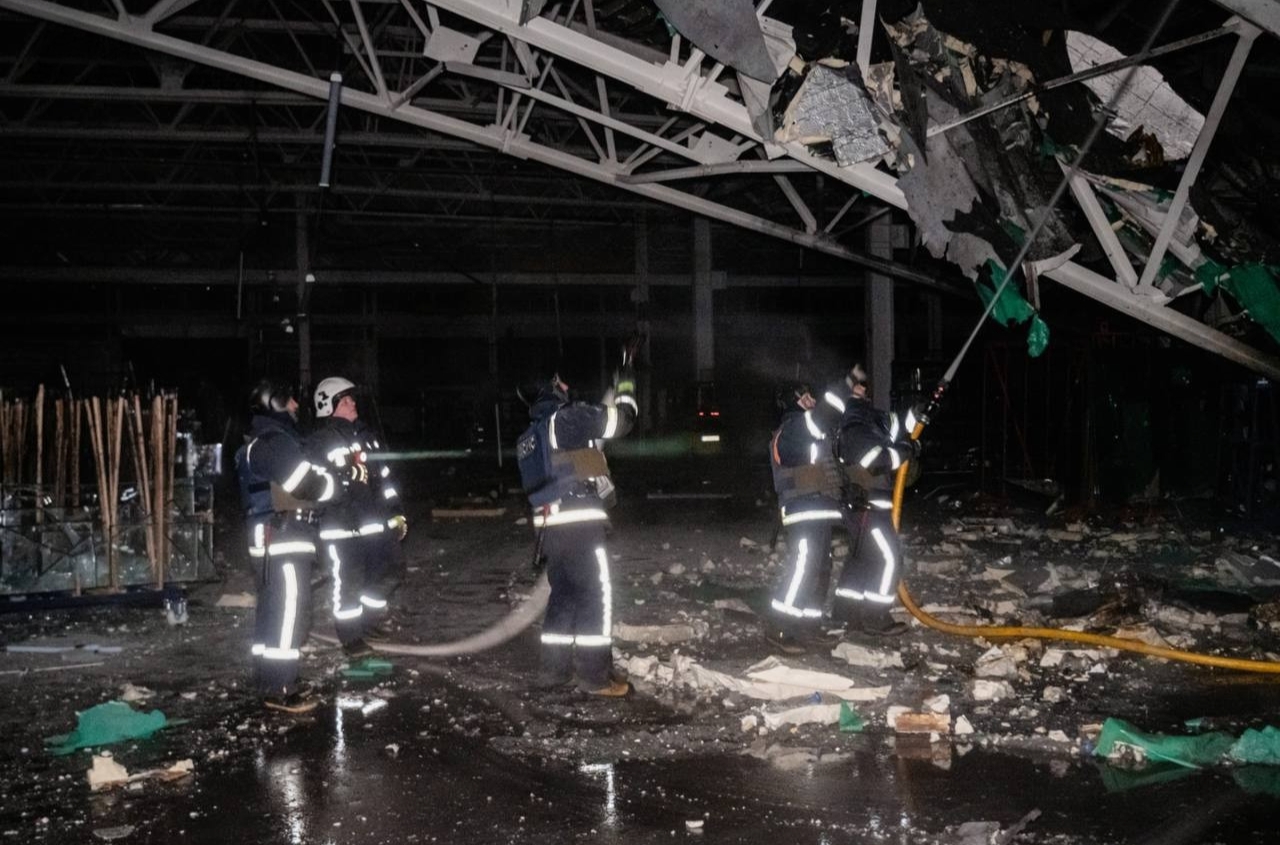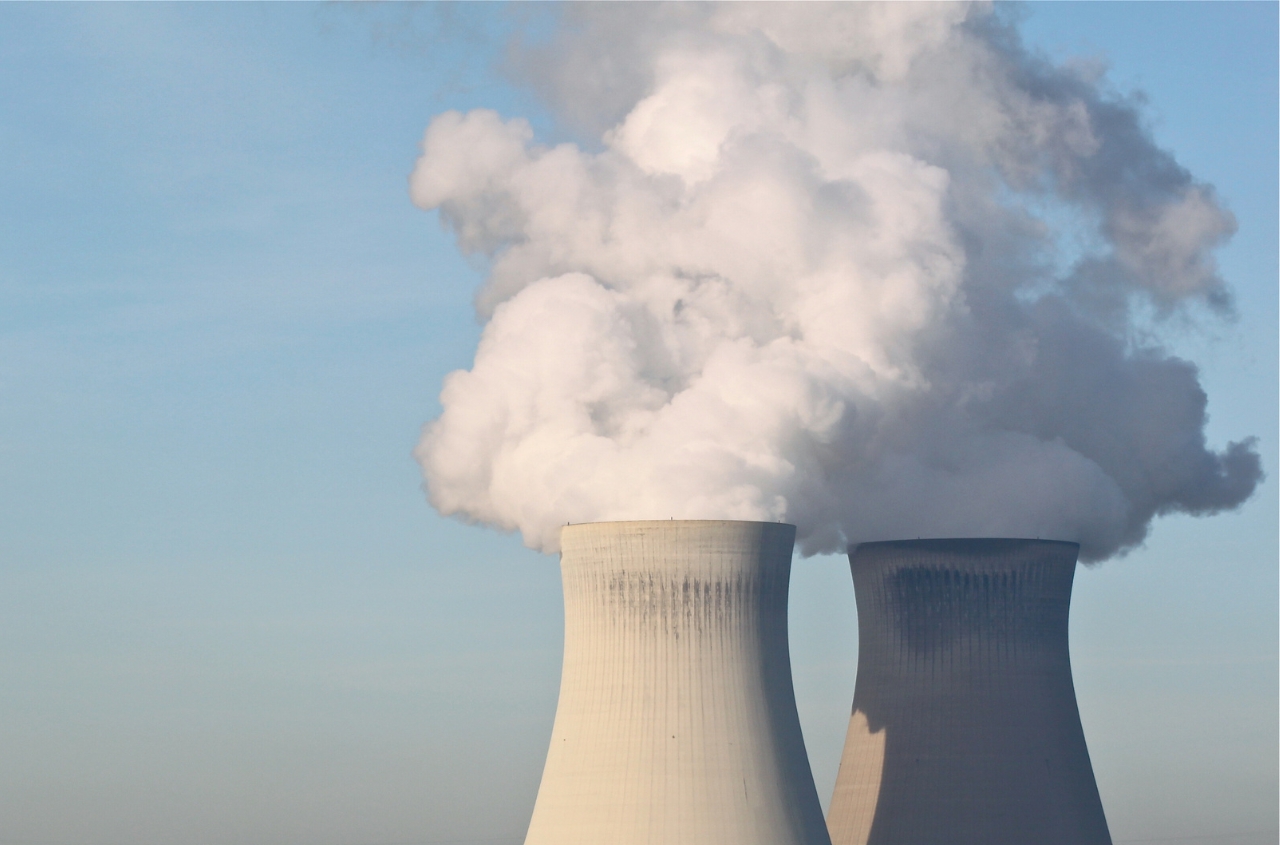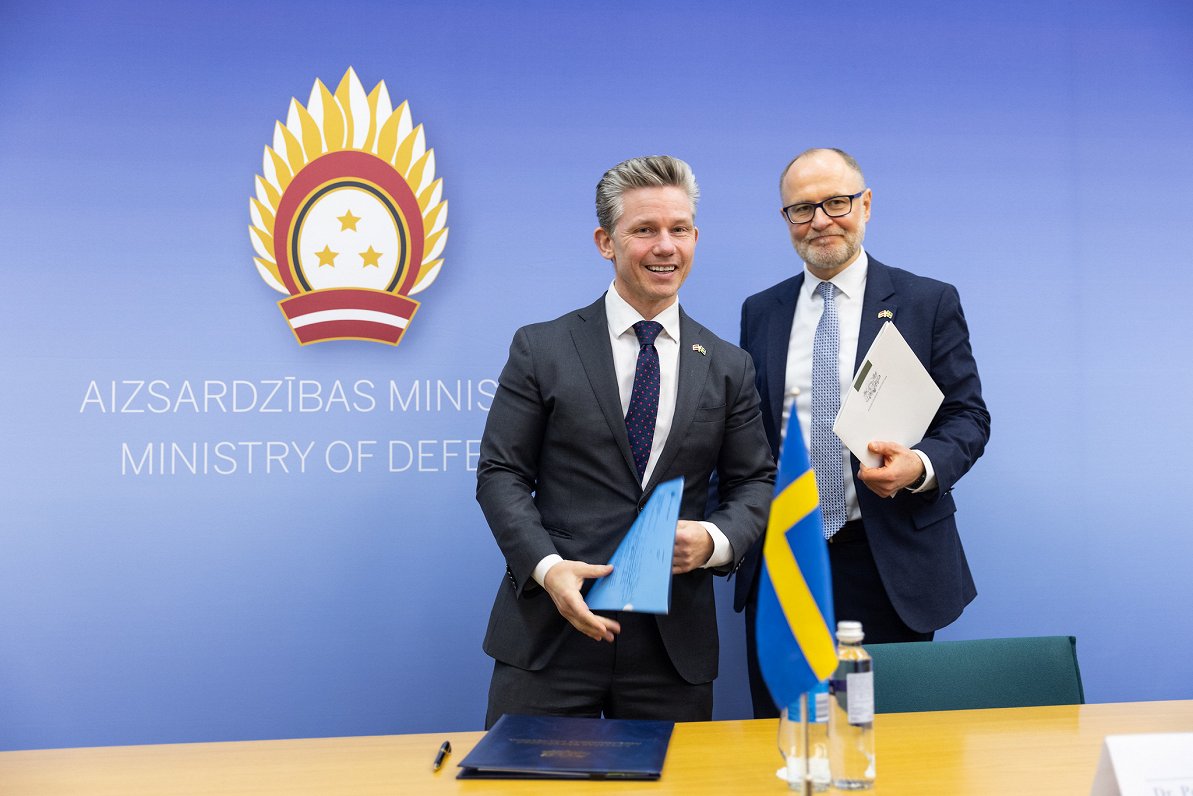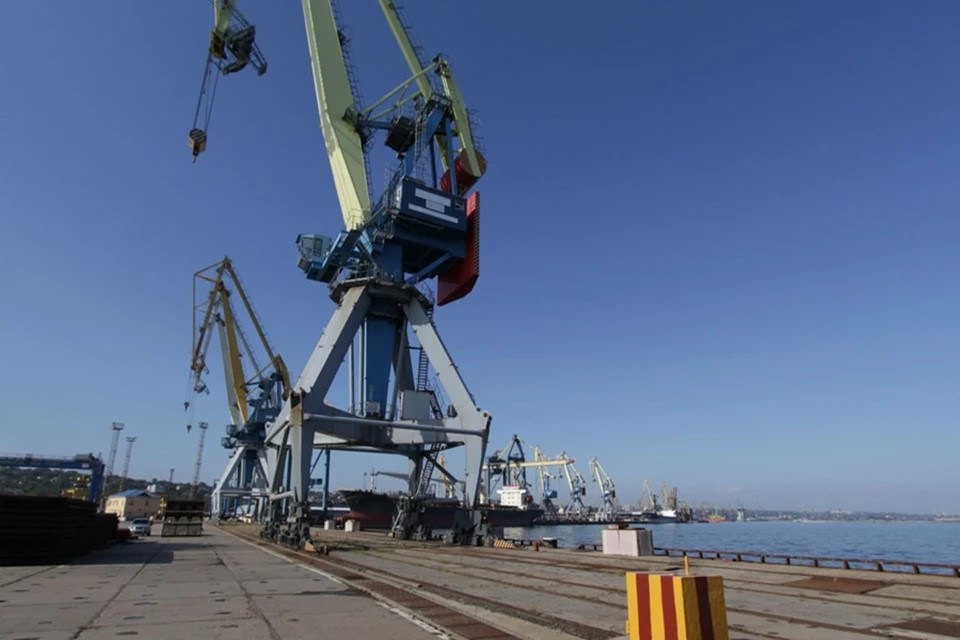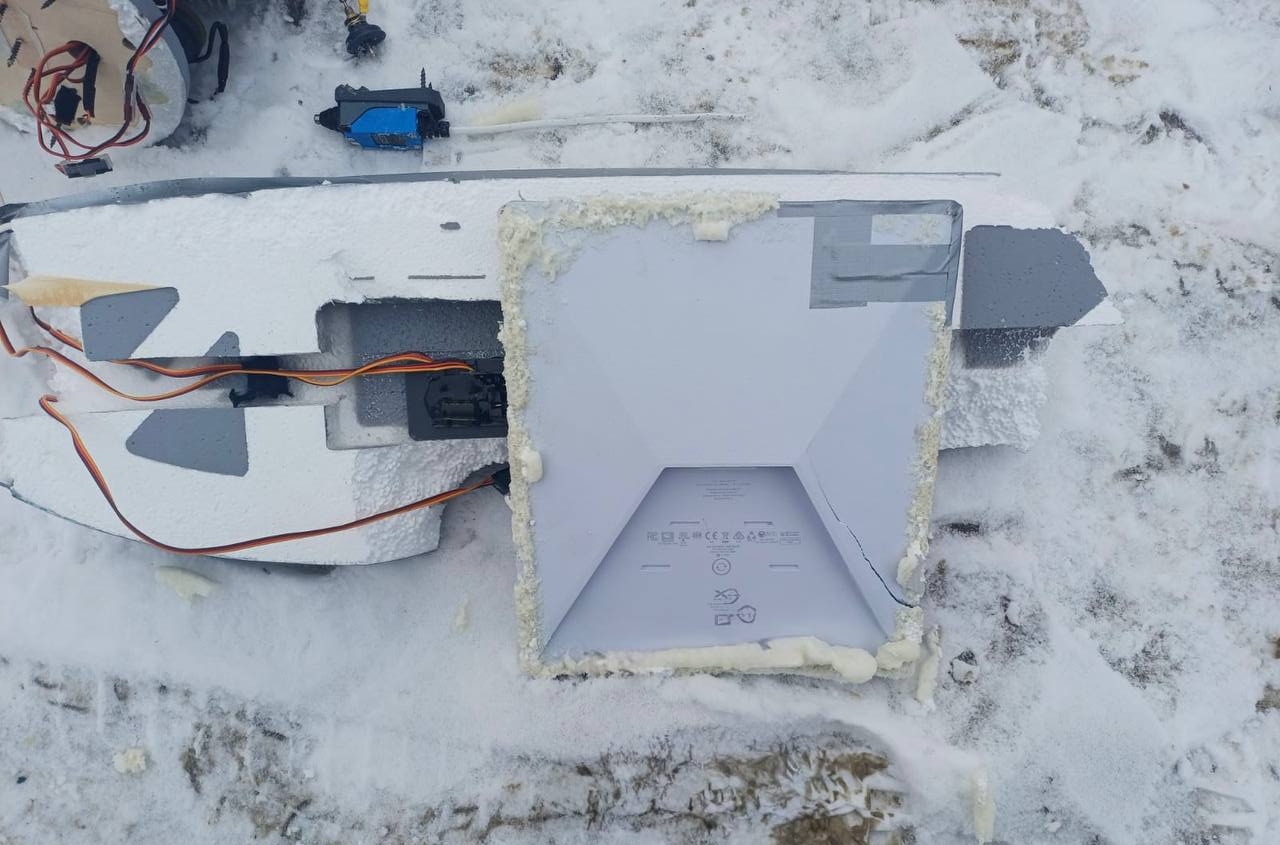By Ivan Havryliuk, Lieutenant General, First Deputy Minister of Defense of Ukraine for Ukrinform
Returning to the Arithmetic of War: Understanding and Decisions
Once again, I return to the arithmetic of war. It's crucial because it provides insight into the situation's development and suggests necessary decisions. Modeling future scenarios is based on analyzing fundamental factors: the available forces of both sides, their technical reserves, the potential of the defense industry, mobilization resources, economic conditions, and other important elements. The ability to understand and analyze these factors crystallizes into decisions that will play a decisive role—decisions that help counter the enemy's strong arguments.
What is the "Number 1" Question in War?
Recall the beginning of the war: Russia had a significant advantage over the Ukrainian Armed Forces in terms of tanks, artillery, multiple rocket launchers (MRL), and virtually everything else. Over the past two and a half years, the Defense Forces have destroyed over 8,500 tanks, more than 17,000 artillery systems, about 1,000 air defense systems, nearly 370 aircraft, and almost 2,500 cruise missiles. Which European army has such an arsenal? The Defense Forces inflicted unprecedented losses on the enemy due to the resilience of our soldiers, rational tactics of warfare, and effective use of available weaponry!
I emphasize that one of the main striking forces of the Russian army in its conduct of war is artillery. The Russian command was confident that their artillery power would burn through the Ukrainian defensive line. The "Number 1" question in the war is: What are the firepower and resources available to both sides, how many guns, ammunition of various types, etc.? The Russians had calculated even before the war that Ukraine would critically lack various types of ammunition. Our largest bases and arsenals exploded continuously over several years. The Russians were convinced that their ammunition stocks were incomparable, even when compared to the total ammunition reserves of Ukraine's European partner countries. Over the two and a half years of large-scale war, the Russians fired over 300,000 shells monthly at our defenders and frontline cities. There were periods when even more fell. Russian artillery covered large areas, thanks to their ammunition reserves. The calculation of the Russian command was clear and understandable: under such fire, Ukrainian forces would not withstand…
Western Artillery Systems Can Neutralize the Enemy's Ammunition Advantage If the Ratio is 1 to 3, But Not 1 to 8
However, our counterarguments have worked. We continue to hold back the enemy's advance despite their superiority in artillery, equipment, personnel, and air dominance. Meanwhile, it is worth noting that we have already destroyed over 17,000 Russian artillery systems. Yes, they still have stocks of Soviet-made artillery, but these are not unlimited. For certain types of equipment and weaponry, Russia is approaching a point where it cannot compensate for daily losses.
What factors have worked in our favor? Among the key factors are the accuracy and range of Western artillery systems and their tactical use: one shot – one hit! The Russians do not have such precision shells as those provided to us by our allies. Russian artillery clearly falls short compared to Western systems in terms of range as well. Crucial factors include the tactics of using weaponry, as well as maneuverability, passability, speed of deployment, availability of automated control systems, and rate of fire. For example, our crews on Western self-propelled artillery units perform their combat tasks faster and more effectively. We manage to outpace and outperform the enemy in counter-battery combat. These are key factors in our fight against Russian artillery.
At the same time, it must be understood that the technological superiority, accuracy, and range of Western artillery systems can neutralize the enemy's advantage in the number of shells, for instance, if the ratio is 1 to 3, but not 1 to 8, as it was during some periods in early 2024.
The ability to use less to achieve the necessary result is also part of the arithmetic of war. It is also important to mention unmanned systems, whose role in this war is rapidly increasing. Strike drones, especially from 2024 onward, have significantly increased the statistics on destroyed enemy equipment: tanks, artillery systems on the battlefield, and enemy aircraft at their airfields deep in the rear. In this context, it is also relevant to discuss the experience of Ukrainians in fighting the Black Sea Fleet. Ukraine did not have ships but managed to destroy a significant portion of the enemy's fleet and drove the rest into Russian ports. This is a striking example of an asymmetrical response to the enemy's numerical advantage in weaponry.
New Deliveries of Artillery, Armored Vehicles, and Ammunition for Russian Units Must Be Destroyed Far from the Front Line
What’s next? Russian military factories are operating around the clock, plus there are external ammunition supplies. Is it feasible for us to achieve parity with Russia in terms of shell quantity? Yes, if significantly fewer are delivered to the front line. This is simple arithmetic. Simple to understand if we have the appropriate tools of influence. I’m referring to having enough modern long-range weapons and if our partners remove the red lines regarding their use. When we can strike Russian bases, depots, and logistics routes. New deliveries of artillery, armored vehicles, and ammunition to Russian units need to be destroyed well away from the front line. Under such conditions, we have a chance to knock out one of the main tools of Russian military operations—its artillery. And not only that.
Another advantage for the Russians in this war is their dominance in the sky. Since late 2023, the Russians have increasingly and massively used guided aerial bombs (GABs) of various power against our positions and frontline towns.
What Can “Ground” Enemy Tactical Aircraft?
In the case of enemy air dominance, if we currently cannot increase our air fleet, we need to reduce the activity of their tactical aviation through other means. Strengthening the air defense system, increasing the number of long-range strike weapons, etc. This is also part of the arithmetic of war.
A powerful air defense system can "ground" enemy tactical aircraft and protect our cities from Russian missiles. That is why air defense systems and missiles for them remain among Ukraine’s top needs. This includes various complexes with different ranges: close, medium, and long. Protecting frontline towns is the most challenging because there are only minutes to react from the moment a missile is launched. Here, the saturation of air defense systems needs to be high. However, this also comes with the highest risk of them being targeted by the enemy.
Long-Range Weapons – An Argument for the Kremlin That the Cost of the War for Russia Is Too High
What military decisions should be made to address the enemy's advantage in artillery, air dominance, and prolonged missile terror? Strikes on enemy bases and depots, their airfields, as well as on enterprises that generate revenue for the Russian budget and produce weapons, tools for killing Ukrainians, and destroying our civilian infrastructure and energy systems. It is necessary to constantly and significantly reduce the military potential of the Russian army. I repeat, missile and bomb carriers, i.e., aircraft, should be most effectively destroyed from a military perspective at airfields. To weaken enemy frontline units, precision-guided and long-range missiles should target enemy depots in the rear, destroying ammunition, fuel, and equipment supplies.
This is the most effective wartime tactic given the military advantages of the Russians. It is the most pragmatic and effective way to bring the Russians to the negotiating table on our terms. Effective war tools – long-range weapons and removing barriers – address the main question of our society: when will the war end?
Long-range strike systems and removing restrictions on their use against military targets in Russia are not a threat of escalating the war but a path to its conclusion. Because it is precisely long-range weapons, aviation, and a powerful air defense system that will most quickly bring the moment when the Kremlin will fully realize that the Russian army cannot achieve success in Ukraine and that the cost of the war is too high for Russia.









